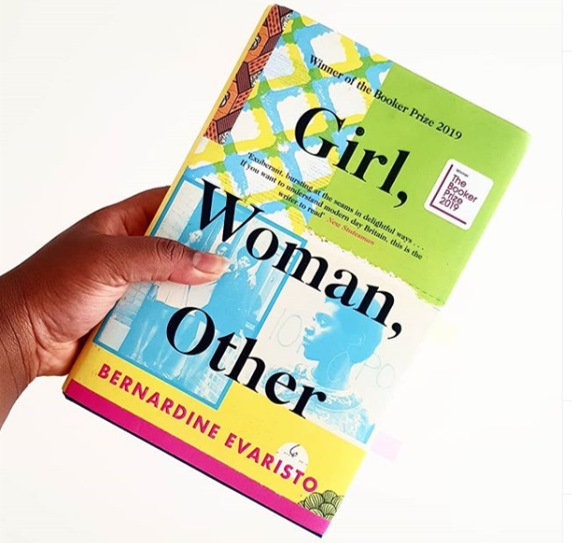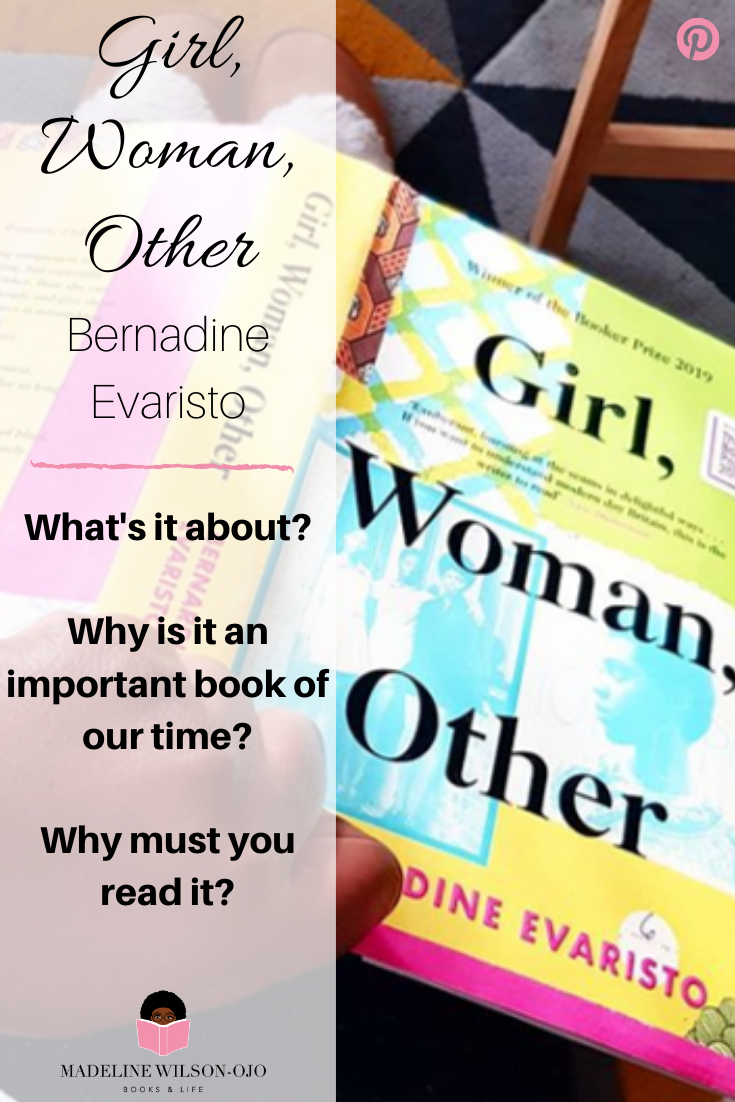 As someone who lives in a predominantly ‘African’ area of London, I get to see black women every day. Just by venturing out to the shops for a few minutes I see versions of myself, my mother and my sisters; I see them as balance heavy groceries in each hand with determined looks on their faces, stand in the fruit and veg stores as they haggle the price of scotch bonnet peppers, yams and plantains, rush to and from the local community college, speak passionately to one another in the shops – just basically going about their daily lives. I’ve always wondered what their stories are. What struggles are they masking with smiles? What memories and secrets do they carry? What do their living rooms and kitchens look like? Who do they love?
As someone who lives in a predominantly ‘African’ area of London, I get to see black women every day. Just by venturing out to the shops for a few minutes I see versions of myself, my mother and my sisters; I see them as balance heavy groceries in each hand with determined looks on their faces, stand in the fruit and veg stores as they haggle the price of scotch bonnet peppers, yams and plantains, rush to and from the local community college, speak passionately to one another in the shops – just basically going about their daily lives. I’ve always wondered what their stories are. What struggles are they masking with smiles? What memories and secrets do they carry? What do their living rooms and kitchens look like? Who do they love?
Bernadine Evaristo’s Girl, Woman, Other does well to satisfy my questions by going behind the scenes of twelve black British women and bringing their background stories to the fore.
The book follows the lives these women: old women, young women, queer women, straight women, African women, Caribbean women. These women are diverse. From Amma to Grace, each chapter is named after the woman whose story it tells. The author does well to carefully unravel the journey of each protagonist – as much as a short story will allow. And what I realised is that for most of these women, their stories are pushed forward (or held back) by who they love.
Take for example, Carole an inner-city girl of Nigerian descent who lives in a council flat with her mother Bunmi. A night of wild partying, heavy drinking and drug-taking ends in her being gang-raped. Her escape from reality is through doubling down on her education which sees make the grade for Oxford University. Being one of the very few black students from a background like hers at the prestigious university leads to an identity crisis and a fractured relationship with her mother who not only mourns at the loss of her daughter’s ‘Nigerian-ness’, but also frowns upon her relationship with her white boyfriend. The story resolves itself in either two ways: Carole either re-embraces her Nigerian routes or her mother accepts the new Carole. Which will it be?
“One interesting fact to point out is how well Girl, Woman, Other demonstrates the interconnectedness of our realities.”
One interesting thing to point out is how well Girl, Woman, Other demonstrates the loose interconnectedness of our realities; Amma is the mother of Yazz and a friend to Dominique. Carole patronises Amma’s plays and is the daughter of Bunmi. LaTisha used to attend the same school as Carole and was Shirley’s former student. And so the intertwining of narratives continues until the last woman is covered.
Whilst blackness and womanhood are the overarching themes of this short story collection, Girl, Woman, Other deals with other heavy subjects: feminism, sexual identity, rape, poverty, education, domestic abuse, love, friendship, and faith – these are just a few.
You may also want to read: Book & Event Review: Don’t Touch My Hair
At first glance, the book is an impressive size (452 pages!) with a beautiful Instagrammable removable cover. It looks great on the bookshelf as well as in pictures. But don’t be intimidated by the size. The great thing about short story collections is that they can be read in bite-sized portions!
Each chapter begins with an Adinkra* symbol which forms another layer of education and storytelling.

Lastly what was remarkable to me was Bernadine Evaristo’s writing style. Anyone with sharp eyes will immediately notice her omission of punctuation; commas, speech marks and question marks are some of the punctuation marks pointedly missing from her writing. Even after a quick Google search I couldn’t find why Evaristo chose this style but once you get over it, your eyes begin to easily skim over the words.
In conclusion, Girl, Woman, Other is a book of our times. It shows there is no single way of being a black British woman. I see it going down as a classic. It’s worthy of its Booker Prize winner status and I would most definitely recommend it.
Will you be reading it?
*Adinkra are symbols that represent concepts or aphorisms. The symbols have a decorative function but also represent objects that encapsulate evocative messages that convey traditional wisdom, aspects of life or the environment.
Before you go, download your free writing resources:
Five Copywriting Secrets
Get Hired with No Experience / CV Bundle
Blog for a Year (52 unique blog titles!)

